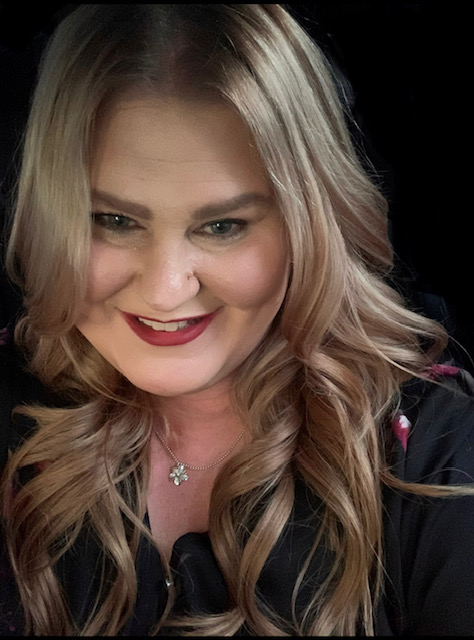THE WORLD IS BURNING (LITERALLY): How do I Talk to my Child About it?
- sbrennanmsw

- Jul 21
- 2 min read
By: Tamara Dewey, APCC

Introduction
The start of a new year is meant for hope and new beginnings. This year for those of us living
in Southern California it started for many with fear and disaster. The fires in LA started fast and caught us all off guard. No matter the age, where you live or what natural disaster you may experience something that life altering will more than likely bring a range of emotions and questions from children and teens. As adults it can seem almost impossible to know how to explain something so sudden and unsettling to them. The great thing about children and teens is that they are not seeking perfection but authenticity. Here are a few suggestions for how to approach this conversation.
Start with Questions
As adults we sometimes assume what a child/teen knows and launch into a lecture instead of getting their perspective.
Give the children in your life the opportunity to share what they already know and what questions they may have. It may be very different than what you assume.
Ex: You may have heard about the (fire, earthquake, hurricane, flood, etc.), what have you heard and do you have any questions?
Be Honest
We so often want to protect the children in our lives by not being honest or “sugar coating” the truth. By doing this we take away their opportunity to build resilience and practice the skills needed to navigate difficult situations. Be age appropriate with the information you share and if you don’t have an answer it’s ok to say that.
Ex: What I do know is...What I don’t know is...
Reassure Safety
When a natural disaster strikes safety will more than likely be a concern. Any child or teen in your life that voices this as a concern can benefit from the reassurance of their current safety. Be wary of absolutes and promises you can’t keep.
Ex: We live in a different part of the state and right now we are safe.
We had to leave our home but we are staying in a hotel tonight and are safe.
Model Self-Regulation
Children and teens look at the adults around them for how to handle situations. It’s common to want to “be strong” but when we don’t show children or teens our emotions, they miss out on having a model for how to express theirs. Naming how you feel and discussing ways you deal with your emotions can encourage the children in your life to do the same with you.
Ex: When I think of the people who lost their homes I feel sad. When fires happen I get nervous too.
Offer Multiple Forms of Expression
Children and teens may not always be open to a sit-down conversation. There are many ways for them to express themselves and being open to how they best express themselves is important. Offering many different ways to express their emotions provides them with the opportunity to discover what works best for them.
Ex: Play, art, listen to music, spend time outside, write poetry/music/in a journal, etc.





Comments